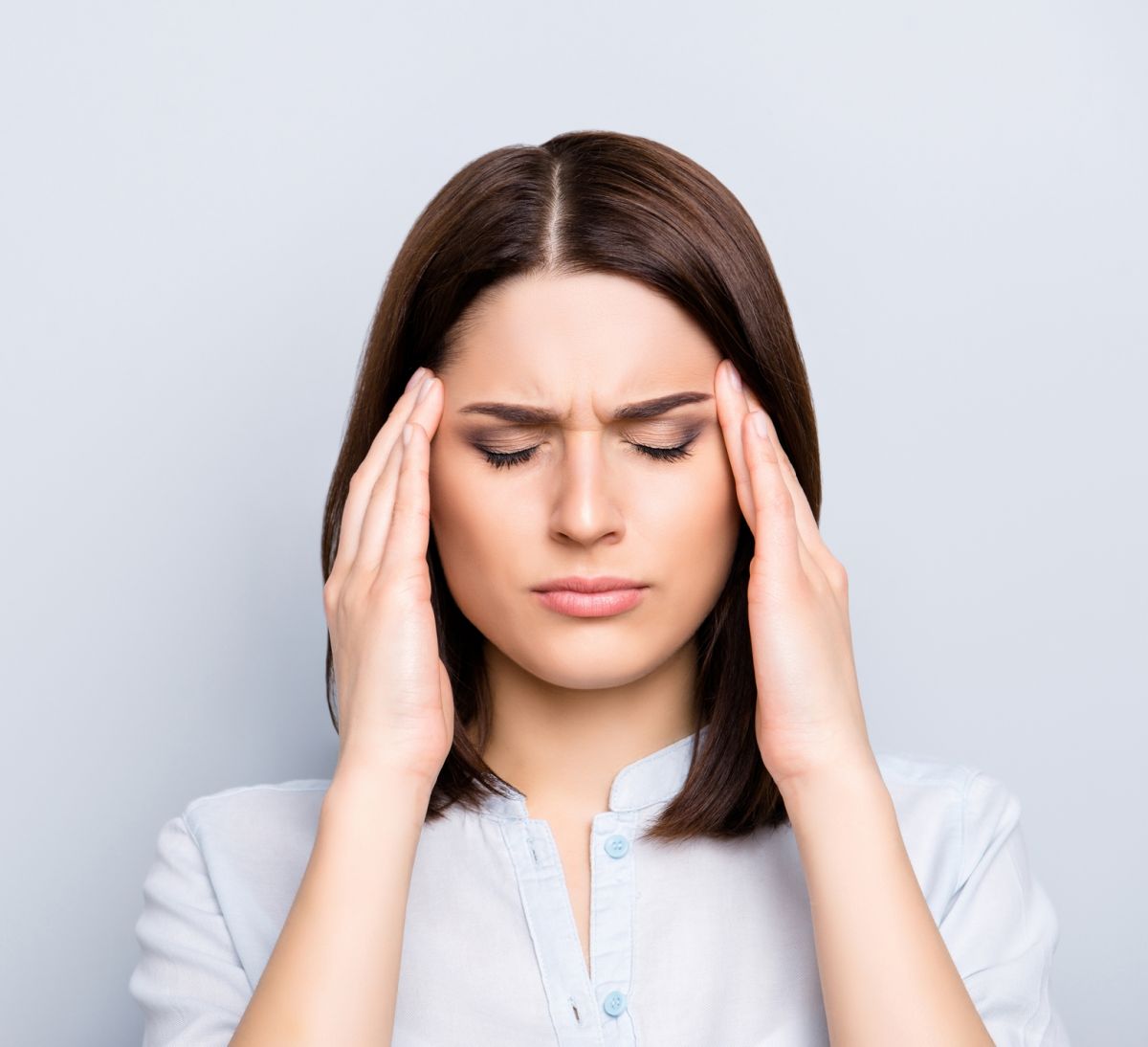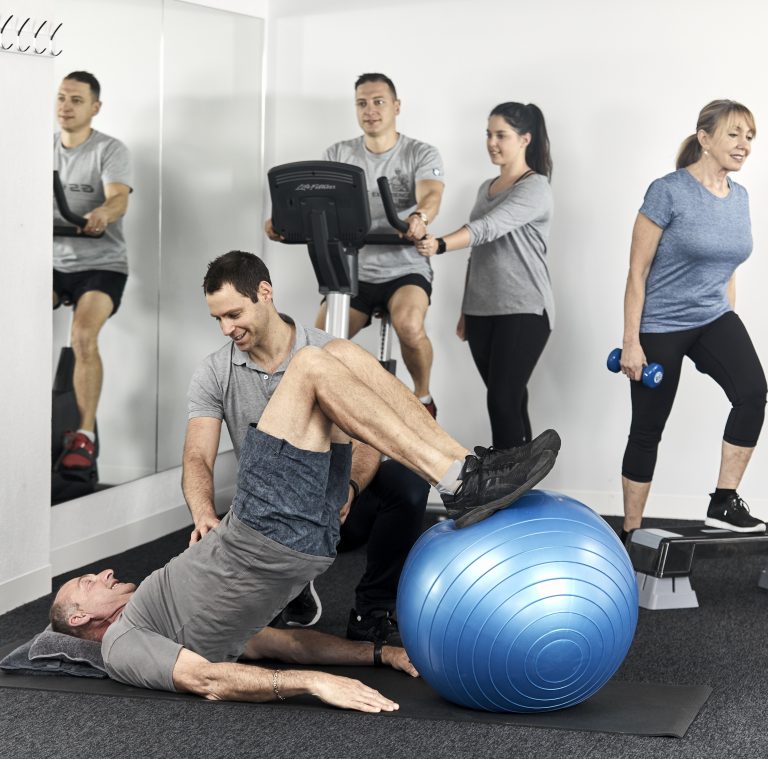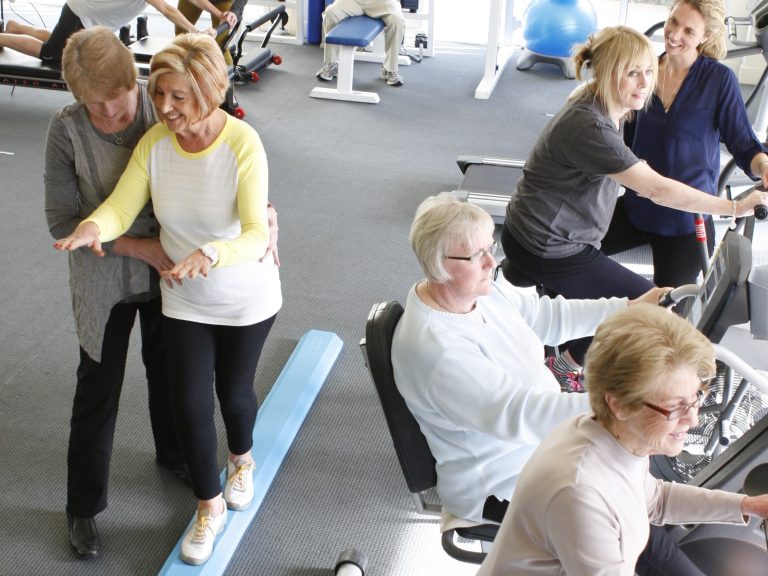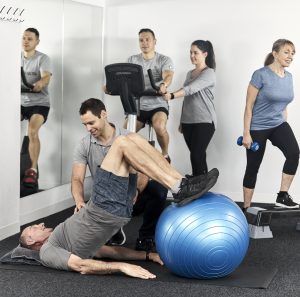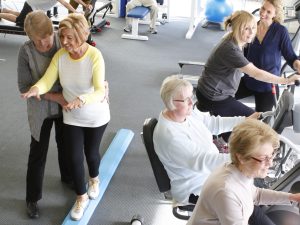What Causes Vertigo? – BPPV
When an individual’s Vestibular system is injured, they receive impacted signals to the brain which may then be outputted as ‘vertigo’.
Check out our Vertigo Q&A video here..
There are a number of different conditions that can cause vertigo. The most common is known as BPPV (Benign Paroxysmal Positional Vertigo). BPPV is a condition where small crystals formulate within the canals of our inner ear which then disrupt the hair particles (the connection between the ear and the brain). It is not very well understood why these crystals form, however it is most common for women between the ages of 40 and 60. BPPV presents as transitional vertigo that lasts up to 30 seconds per episode, and is usually brought on by fast head movements (e.g. head checking or turning in bed).
BPPV is one of the most common conditions treated by physiotherapists. Physios perform a particle repositioning manoeuvre, to reposition the dislodged particles, and are based on thorough subjective and objective assessment. Often BPPV can be cured with one treatment, however sometimes it requires 2 or 3 manoeuvres to dislodge the crystals completely.
The Vestibular System and the Inner Ear
The perception of our head and eye movements is largely controlled by complex structures within our inner ear, eyes and brain, known collectively as the Vestibular system. Specifically, our inner ear consists of fluid filled canals and hair particles which move and bend in different directions to send messages to our brain for when our head is either turning, bending or accelerating. Once our brain receives these signals, it will either keep our eyes still and focused on an object or allow our eyes to move freely with our head depending on the task.
The Vestibular system isn’t very well known or understood by the general population, however it helps us to feel confident for tasks such as driving (forward acceleration), jumping (upward acceleration), turning (rotation), dancing, swinging, running and the list goes on!
Do you suffer from Vertigo?
Dizziness is defined as an altered sense of balance and place, possibly described as lightheaded, feeling faint or as if the head is spinning. Vertigo is a specific type of dizziness where the room appears as if it is spinning. Not sure what this feels like? You know that sensation when you’ve just turned quickly around in a circle 20 times on the spot? Now imagine you have this feeling for hours and even days on end, trying to go to work, pick up the kids, and live a ‘normal’ life.
Around 2% of the population will experience vertigo. This can either be transient, or chronic; However, regardless of the chronicity, vertigo can be an extremely debilitating condition that affects an individual in all aspects of their life. Part of what makes vertigo so isolating is the fact that it is ‘invisible’ to those around us. What I mean is, you can’t put an ice pack or a bandage on ‘vertigo’ to make it obvious that you are suffering. Therefore, the struggle will largely go unnoticed and the person themselves may even think that they are making up the symptoms or that they should simply soldier on through.
Luckily, for most conditions, there are researched treatments available for Vertigo. But before we talk about if treatment would be appropriate for you, let’s talk about some different conditions and what actually causes the sensation of vertigo
Other Causes of Vertigo
Labrynthitis or Neuronitis – Infections of the inner ear, often brought on after a patient as been acutely unwell
Meneire’s Disease – A chronic disease that often presents as random episodes of severe vertigo which come and go. Often accompanied by hearing loss or tinnitus (ringing in the ear)
Vestibular Hypofunction – Some people have a natural reduction in the function of their Vestibular system as they age. These people may have had conditions such as labrynthitis in the past, and have not achieved a full recovery. People with vestibular hypofunction can have acute or chronic vertigo and will often have reduced balance and ability to turn their head.
Other Peripheral Conditions – There are other conditions that can affect the structures within the inner ear. A neurologist or a ENT specialist are best placed to diagnose and treat these conditions.
Other Neurological Conditions – One can suffer from vertigo as a secondary effect of neurological conditions such as stroke or multiple sclerosis
Mal Debarquement Syndrome – A constant sensation of rocking or swaying, often brought on after long periods spent on a boat or aeroplane
Who is Appropriate to see a Physiotherapist?
If you are suffering from acute onset vertigo which lasts for less than 30 seconds or less per episode, and is brought on by fast head movements, you likely have BPPV and you should see your physio as a first point of call. In addition, if you have a known pre-existing condition (such as Meniere’s disease), a physio can help with exercises to prevent your condition from getting worse.
For new onset severe vertigo which does not go away, please contact your GP as a first point of call immediately.
Can I be Treated for Vertigo via Telehealth?
In most cases, an initial assessment for Vertigo should be conducted face to face. This is so the physiotherapist has a clear view of your eye movements to aid in our assessments. In addition, a particle repositioning manouvre is best performed by a trained clinician.
However, for people who are unable to leave their homes, our physios can provide a thorough subjective assessment via Telehealth and in some cases, give home exercises that may help with your condition.
Feel free to call and speak to one of our physios prior to making an appointment to determine if a Telehealth consult is appropriate for you.

